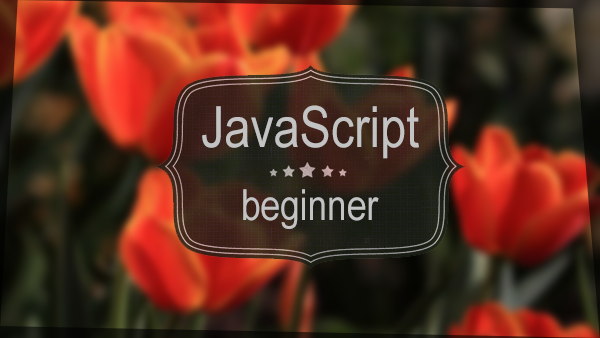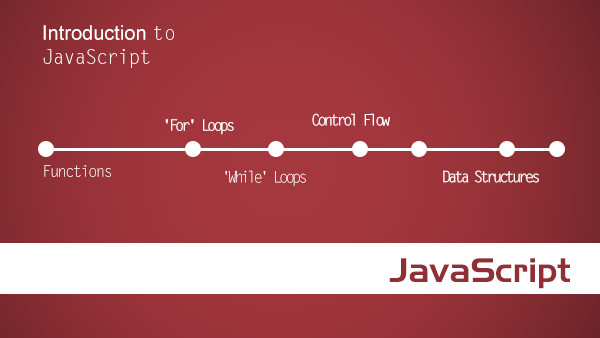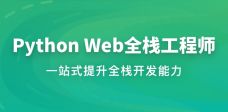- 箭头函数适合于无复杂逻辑或者无副作用的纯函数场景下,例如:用在 map、reduce、filter 的回调函数定义中
- 箭头函数的亮点是简洁,但在有多层函数嵌套的情况下,箭头函数反而影响了函数的作用范围的识别度,这种情况不建议使用箭头函数
- 箭头函数要实现类似纯函数的效果,必须剔除外部状态。所以箭头函数不具备普通函数里常见的 this、arguments 等,当然也就不能用 call()、apply()、bind() 去改变 this 的指向
-
箭头函数不适合定义对象的方法(对象字面量方法、对象原型方法、构造器方法),因为箭头函数没有自己的 this,其内部的 this 指向的是外层作用域的 this
const json = { bar: 1, fn: () => console.log(this.bar) }; json.fn(); //-> undefined // this 并不是指向 json 这个对象,而是再往上到达全局作用域function Foo() { this.bar = 1; } Foo.prototype.fn = () => console.log(this.foo); const foo = new Foo(); foo.fn(); //-> undefined // this 并不是指向 Foo,根据变量查找规则,回溯到了全局作用域const Message = (text) => { this.text = text; }; var helloMessage = new Message('Hello World!'); console.log(helloMessage.text); //-> Message is not a constructor // 不可以当作构造函数,也就是说,不可以使用 new 命令 -
箭头函数不适合定义结合动态上下文的回调函数(事件绑定函数),因为箭头函数在声明的时候会绑定静态上下文
const button = document.querySelector('button'); button.addEventListener('click', () => { this.textContent = 'Loading...'; }); // this 并不是指向预期的 button 元素,而是 window
继续浏览精彩内容
慕课网APP
程序员的梦工厂
打开
继续
感谢您的支持,我会继续努力的
赞赏金额会直接到老师账户
将二维码发送给自己后长按识别
微信支付
支付宝支付
箭头函数适用场景及需要注意的地方
 2017-10-10 15:56:36
浏览 7846
2017-10-10 15:56:36
浏览 7846
- 相关标签
- JavaScript
 随时随地看视频慕课网APP
随时随地看视频慕课网APP
相关课程










